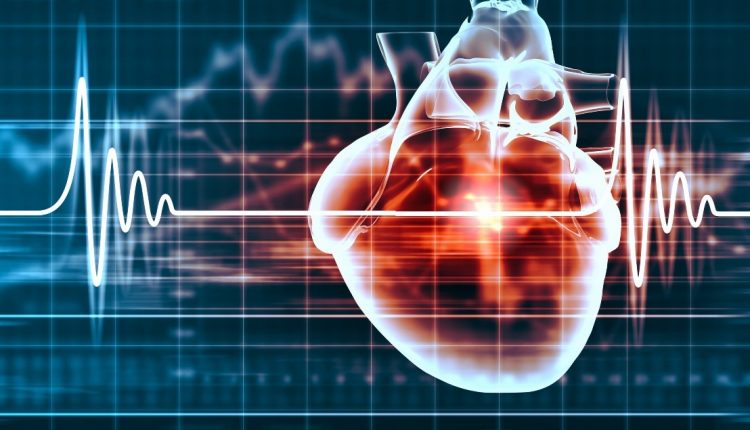
What is ablation of re-entry tachycardias?
Ablation of re-entry tachycardias is an ablative therapy based on the identification of the accessory pathway by means of endocavitary electrophysiological study and subsequent ablation by radiofrequency of this pathway
What is ablation of re-entry tachycardias?
Nodal re-entry tachycardias (AVNRT) are arrhythmias secondary to the presence of an additional electrical pathway at the level of the atrioventricular node, the presence of which leads to the possibility of establishing “short circuits” through which the electrical impulse continues to propagate through the two pathways (the physiological and the additional one) perpetrating the arrhythmia.
Ablation therapy is based on transcatheter radiofrequency ablation of the additional nodal pathway, the location of which is generally easy to detect and quite similar in every individual.
Atrioventricular re-entry tachycardias (AVRT) are arrhythmias secondary to the presence of an accessory bundle, external to the normal conduction system, which joins the atria and ventricles and allows rapid conduction of impulses from one chamber to the other and facilitates the onset of re-entry arrhythmias.
How does the ablation of reentry tachycardias work?
The definitive therapy is based on the identification of the accessory pathway by means of endocavitary electrophysiological study and subsequent ablation by radiofrequency.
The procedure is technically more complicated if the accessory pathway is located in the left sections of the heart, as it requires passing from right to left using a needle through the foramen ovale.
How is the procedure performed?
The procedure takes place in an in-patient setting.
The procedure is performed with the patient conscious, with only local anaesthesia at the site of venous access (right femoral).
The duration of the procedure may vary depending on the difficulty in reaching the exact point with the ablator catheter (1-2 hours).
In the absence of complications, discharge takes place the following day.
ECG EQUIPMENT? VISIT THE ZOLL BOOTH AT EMERGENCY EXPO
Read Also:
Paediatrics, New Ablation Technique For Tachycardia At The Bambino Gesù In Rome
Tachycardia: Important Things To Keep In Mind For Treatment
Medical Corner – Management Of Tachycardiac Arrhythmias In Pregnancy
Fascicular Tachycardia: How To Face It?


